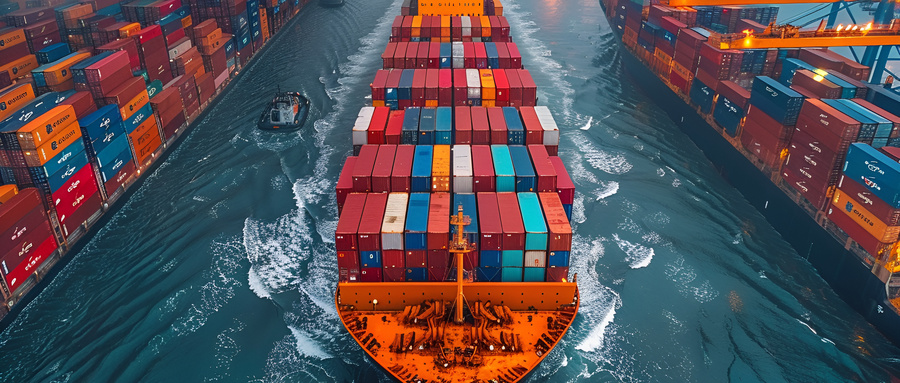


The Shanghai Export Freight Index (SCFI) rose for two weeks in a row, with the latest index rising 1.01% to 2,256.46 points on the 6th. Although the main routes such as the European line, the United States West line, the United States East line showed a small decline, the decline is within $100, but the Persian Gulf (Dubai) and South America (Santos) and other secondary routes showed an upward trend, up by $112 and $365, respectively.
According to the freight forwarding industry, affected by the tariff policy of US President-elect Trump, some cargo owners choose to rush the goods to Mexico in early January and then enter the United States by land transport to avoid potential tariff risks. In addition, European routes successfully raised prices around December 1 and have largely maintained these increases this week.
Trump's new tariffs are accelerating the shift of supply chains to Southeast Asia and Mexico, which has become the largest importer of the United States. Taiwan's three major container companies have operated Far East to the west coast of South America routes, Evergreen and Wanhai have 5-6 routes, Yangming has 2 routes. According to Wan Hai, Mexico is the largest importer of western routes from Asia to South America, and freight rates are stable and cargo volumes have increased in recent years.
As for the United States Line, the industry pointed out that its continued decline is mainly affected by two major factors on the supply side of capacity: First, the shipping company expects the tariff effect will lead to an advance shipment tide, so in the off-season did not take large-scale flight plans; Second, the current freight rate of the United States West, the United States East is still at a high level, there is still profit room, continue to attract ship investment.
In addition, with January 15 next year, the United States East Terminal labor negotiations into the automation issue deadlock, there is a risk of a second strike. Industry insiders believe that some shippers may gradually transfer their goods to the western United States. At the same time, due to the advance of the Lunar New Year to the end of January, the volume of American goods is expected to rise week by week. Market rumors say that shipping companies plan to raise European and American freight rates on December 15, and the increase is not small.
However, there are still many variables in whether the freight rate of Europe and the United States can successfully rise. The industry said that in order to stock up on flights during the Spring Festival, shipping companies may grab goods at lower prices. In addition, considering that the shipping alliance will be reshuffled in February next year, the new "Twin Star alliance" formed by Maersk and Hapag-Lloyd has begun to accept booking slots in early December, and the battle between shipping companies to grab the market is imminent. Therefore, shipping companies may wait and see each other when raising freight rates, and adjust the increase at any time according to market conditions.
Latest SCFI quotes:
Shanghai to Europe line freight 3030 US dollars /TEU, down 9 US dollars, down 0.3% week;
Shanghai to the Mediterranean line freight rate of $3,761 /TEU, up $79, a weekly increase of 2.14%.
Shanghai to the United States freight 3,309 US dollars /FEU, down 36 US dollars, down 1.08% week;
Shanghai to the United States East freight 4924 US dollars /FEU, down 30 US dollars, down 0.61% week.
Shanghai to South America (Santos) freight 5711 US dollars /TEU, up 365 US dollars, a weekly increase of 6.83%;
Shanghai to Southeast Asia (Singapore port) freight 682 US dollars /TEU, up 22 US dollars, a weekly increase of 3.33%.





